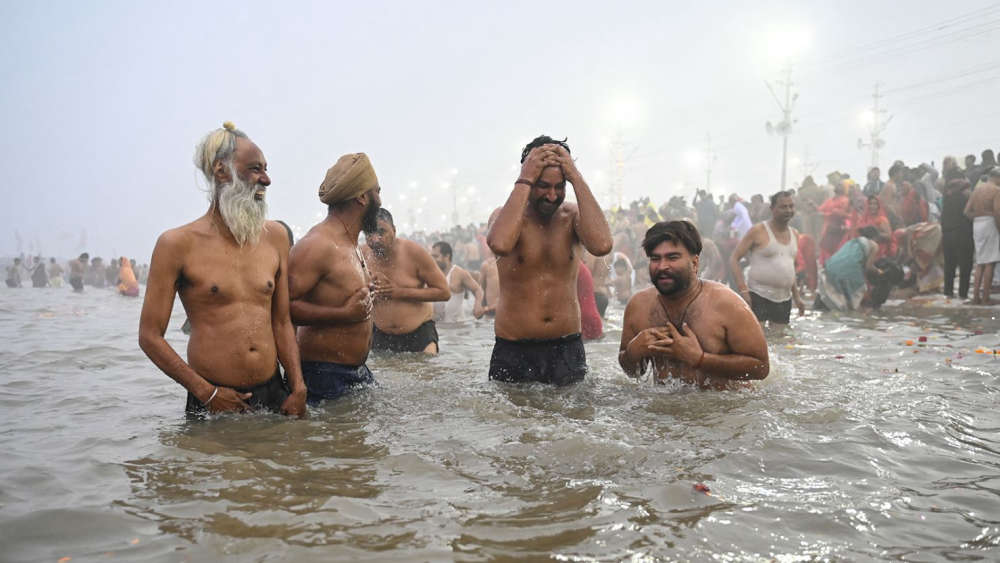
India’s Kumbh Mela festival, one of the world’s largest religious gatherings, has begun in Prayagraj, drawing tens of thousands of Hindus who seek absolution of their sins by immersing themselves in the freezing waters at the convergence of the sacred Ganges, Yamuna, and mythical Saraswati rivers.
With an expected 400 million pilgrims, the six-week event has become a focal point for domestic and international visitors.
Pilgrims believe that bathing in the holy waters during the Kumbh Mela will cleanse their sins and bring them salvation.
For many, like Reena Rai, who traveled 1,000 kilometers from Madhya Pradesh, the festival represents a once-in-a-lifetime opportunity. "As a Hindu, this is an unmissable occasion," she said.
Despite the cold temperatures, the early morning dip brought joy to many, including 45-year-old Surmila Devi, who described the experience as "like bathing in nectar."
The scale of the event is immense, with over 150,000 toilets and community kitchens capable of feeding up to 50,000 people at a time.
Thousands of LED lights illuminate the vast riverbanks, creating a spectacle visible even from space. The atmosphere is vibrant with monks, processions, and giant statues of Hindu gods parading through the crowds.
Prime Minister Narendra Modi described the Kumbh Mela as a "divine occasion," emphasizing its significance in uniting millions of people in faith and culture.


